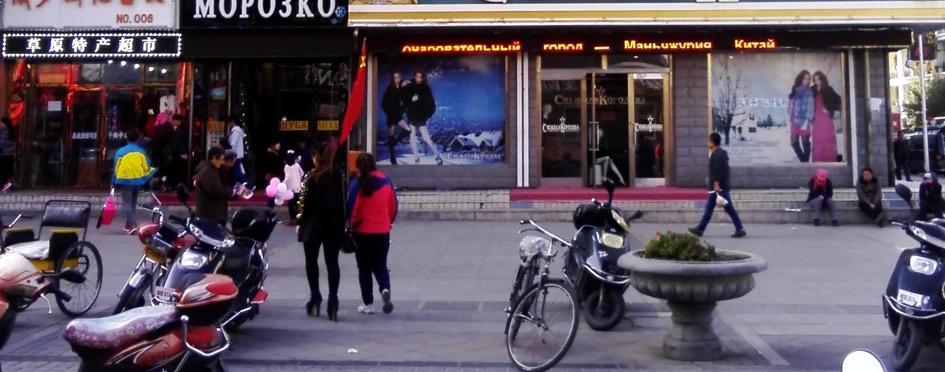
Eastern Transbaikalia (Восточное Забайкалье) and Hulunbuir (呼伦贝尔市), geographically and culturally adjacent to one another, have been under the dominion of Russia and China from the second half of the seventeenth century. This caused a permanent burden on the trilateral relationship between China, Mongolia and Russia, i.e. a matter of civilizational confrontation between two powers and a strategic “satellite” in East Asia. In the case of both regions mass migrations completely transformed the regional ethnic situation insofar as they introduced other ethnic groups. Local and indigenous inhabitants continued to play a nominal role in the symbolic and political life of the region, but generally most inhabitants had a migrant origin and very weak ties to the non-socialist period of the region’s history and culture. In this context socialist modernization turned out to be a powerful historical circumstance conditioning the adaptation to life following the socialist model of social relations and transforming the model of border management.
Research
The development of border studies has caused radical changes in the perception of borderline areas, both in the space and time dimensions. The main objective of the fieldwork research was to analyze practices of differentiation and unification in a place of intense encounters of cultures and peoples of different cultural backgrounds but with relatively similar cultural and political experiences. Turning the closed Soviet-Chinese border into a relatively open Russian–Chinese border meant not only opening the socialist borderline areas to the world, but also confronting Russian and Chinese societies with an intensely mythologized area and people connected with it. This meant, first of all, to investigate the depoliticization process of a border region’s past from the perspective of simultaneous changes in people’s mobility, conversion of ex-socialist objects and emerging of formally forbidden places. It also required an analysis of transborder integration strategies of the Evenki minority in Russia and China that are implemented in extraordinary conditions of extreme dispersion, external authenticity standards required by both states, and conscious avoidance of a dialogue with external versions of the past offered by Russian and Chinese historiography and ethnography. Contrarily to nationalistic discourses typical of the post-socialist space, the Evenki integration projects are oriented towards the future and make use not only of imperial projections, but also of their material manifestations (museums, “ethnic architecture”). In this context, regaining agency does not happen through saving the external image and rewriting regions histories as spaces for ethnic activity, but – quite the opposite – by sidestepping history in order to find new models of national culture that have no direct equivalents in the mythical past. Some of the driving questions of this research were:
- How can nomadic communities that are dispersed, do not have their own writing system or a communicative way of presenting their history and are divided by borders find agency in the situation of losing control not only over the present, but also over public representation of their own past and tradition?
- Should the way towards integration not go through getting involved in asymmetric fight between internal and external versions of the invented past?
- Is the lack of possibility to create an imagined community the only obstacle to achieve national integration?
- Can the widely known thesis about borders as resources have a strategic and tactical sense?





